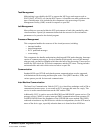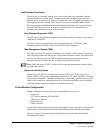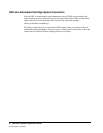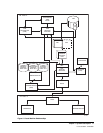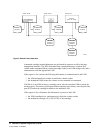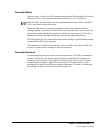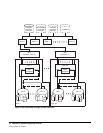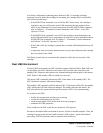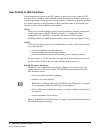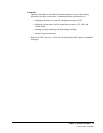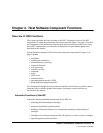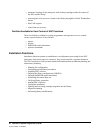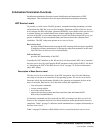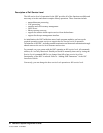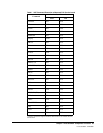
16 VM/HSC 6.0 System Programmer’s Guide
1st ed., 6/30/04 - 312579601
User Control of HSC Functions
Various controls are in place in the HSC software to permit you to select how the HSC
functions. Macros, Utilities, and PARMLIB control statements are normally used by the
systems programmer to tune and customize the system. Commands are normally invoked
by a systems operator in the performance of daily operations tasks. A description of the
function of each of these available controls follows.
Macros
Macros are provided primarily to help you set up the library software configuration
or library generation (LIBGEN).Refer to Chapter 6, ‘‘Creating the Library
Configuration File (LIBGEN)’’ in the HSC Installation Guide for detailed
information about the LIBGEN macros and how they are used to configure a library.
Utilities
Utilities are provided to allow you to manage library resources. The utilities enable
you to dynamically:
• perform maintenance on control data sets
• control cartridge and scratch volume functions
• produce performance, activity, and inventory reports relating to a library.
Refer to Chapter 4, “Utility Functions” on page 169 for detailed information about
the HSC utilities and how they are used to manage library resources.
PARMLIB Control Statements
PARMLIB control statements are provided to enable you to set initial values for
system functions at HSC initialization. The PARMLIB control statements define
HSC functions such as:
• host-to-host communications parameters
• definition of scratch subpools
Note: Refer to “Options Offered by PARMLIB Control Statements” on page 84
for an important warning about defining scratch subpools.
• data set definitions including: the primary, secondary, standby control data sets,
and journals
• extended parameter list for startup.
Refer to “PARMLIB Control Statements” on page 83 for detailed information about
the control statements and usage.



